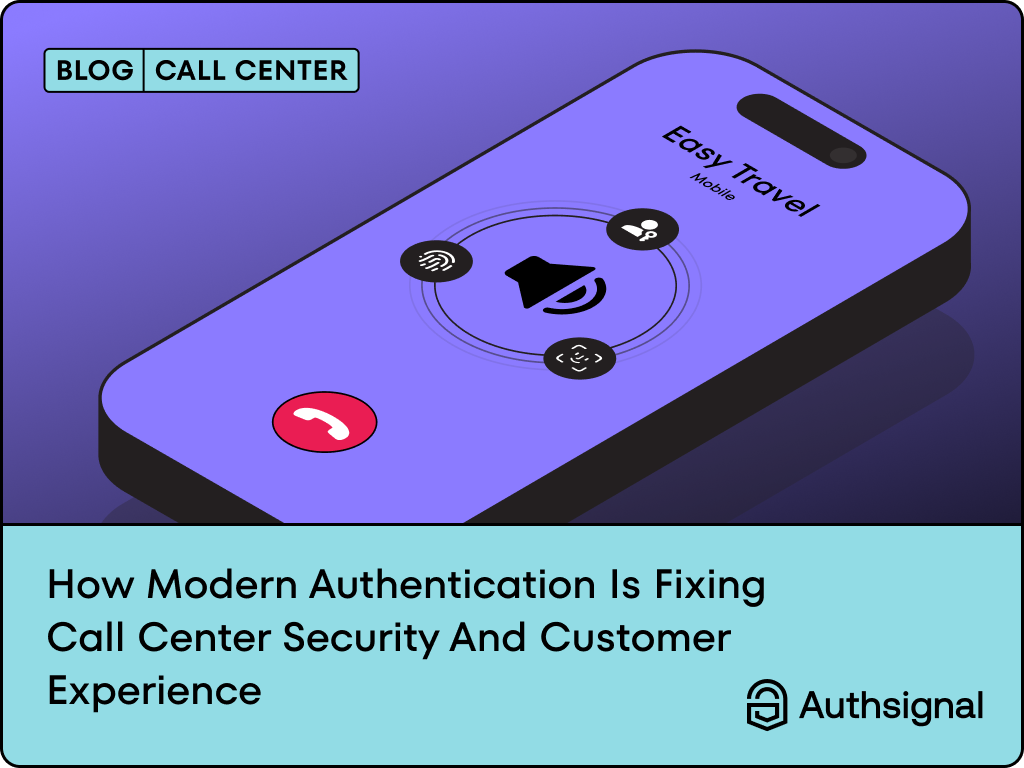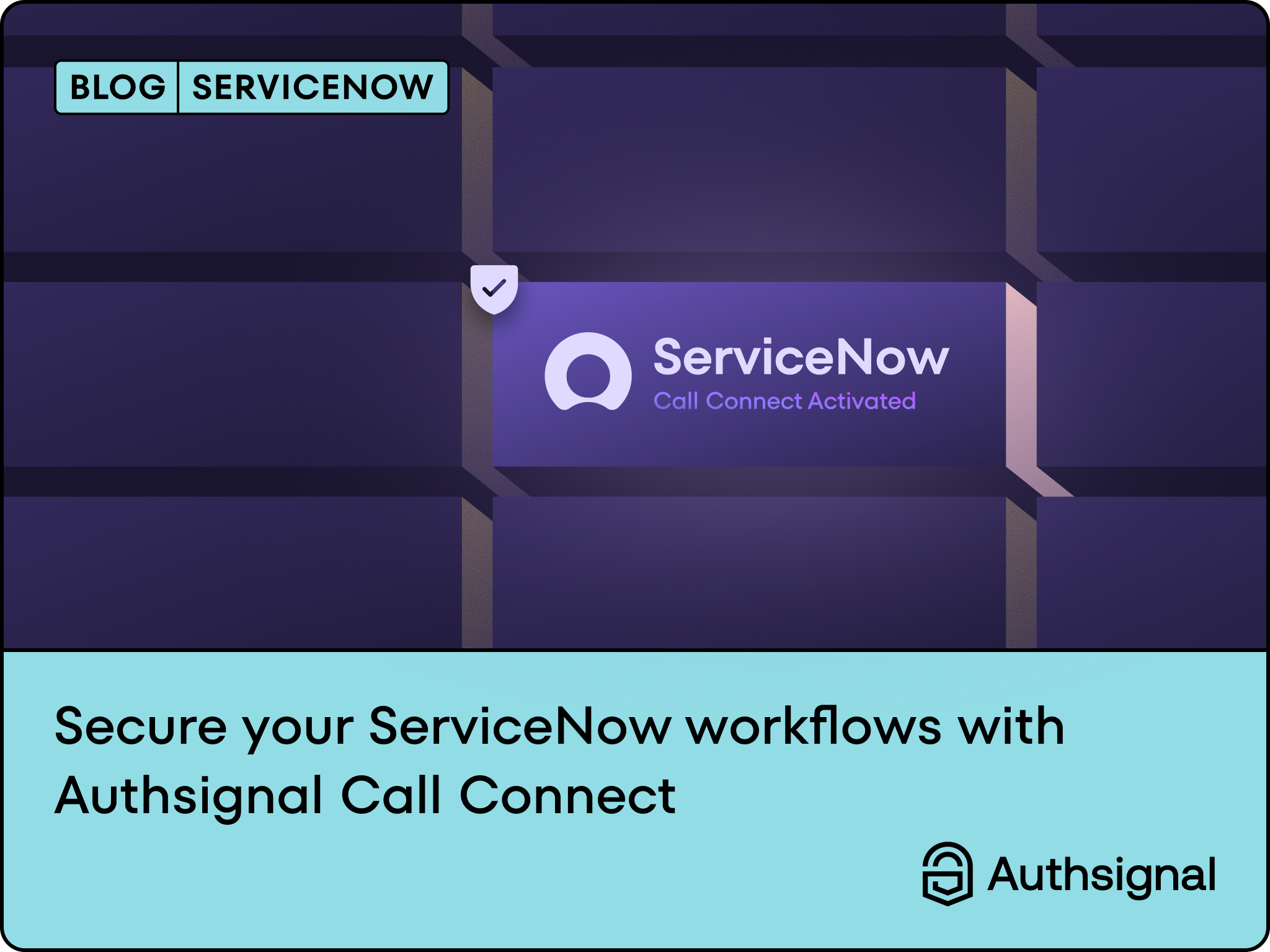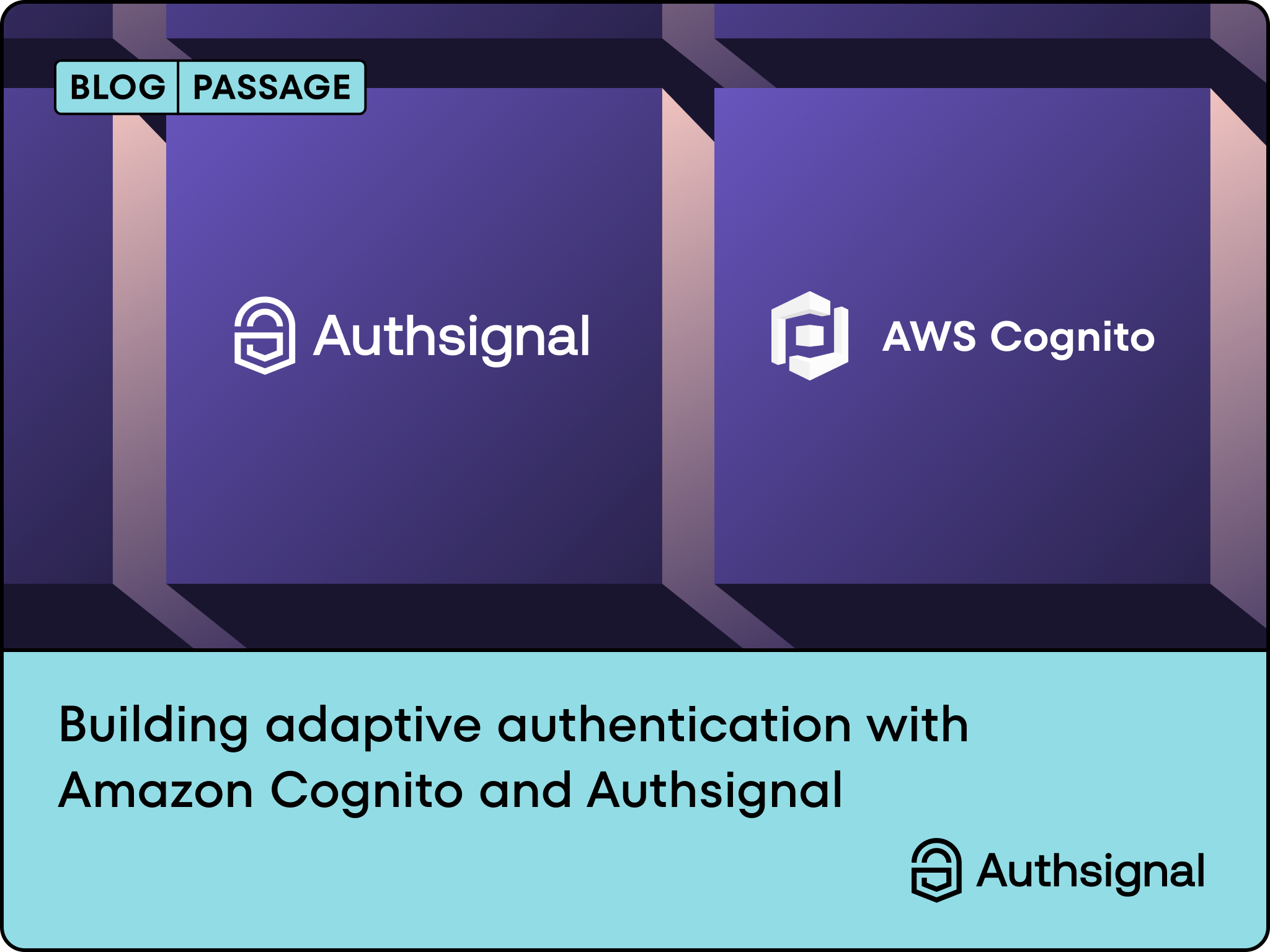Most companies spend millions hardening their websites and apps against cyberattacks, but what about their call centers? That's a different story. The phone channel has become a weak spot in enterprise security. But it's also where you can make the biggest impact on customer experience.
Recent breaches show exactly how exposed this channel is. Take this major attack in September 2023. Attackers didn't need sophisticated malware or zero-day exploits. They just picked up the phone, called the IT help desk, and pretended to be an employee who'd forgotten their password. That single call led to a $100 million loss and brought down 29 hotels and casinos for 10 days.
This year brought more of the same. The Scattered Spider group used identical tactics against a major UK retailer, calling their support desk to reset credentials before deploying ransomware across 1,000+ stores. Over $930 million wiped from their market value and weeks of operational chaos.
The pattern is clear: traditional call center security doesn't work. Knowledge-based questions, PINs, even voice biometrics - they're all failing against attackers who've done their homework and have AI tools at their disposal.
While call centers represent the biggest security gap in most organizations, they're also where you can deliver the most dramatic improvements to customer experience. Modern authentication can turn these vulnerable points into secure, efficient service channels that customers don’t find frustrating.
1. Reduce call times by streamlining authentication
The old-school call center verification process wastes time for everyone. Customers tell personal details while agents manually verify information before addressing the actual issue. This approach adds 30-60 seconds to every call and creates unnecessary friction.
Pre-call authentication changes this. Customers authenticate while waiting in queue, allowing agents to immediately access verified identity and account context. The time savings add up quickly across thousands of daily interactions.
Smart routing becomes possible when authentication status informs call distribution. Verified customers connect directly to appropriate agents with relevant account information already loaded. Failed authentication attempts trigger additional security protocols before the call begins.Misrouted calls remain a significant efficiency challenge in contact centers. When authentication and routing work together, customers reach the right agent with the right context from the start.
2. Address voice biometric vulnerabilities with multi-factor authentication
Voice biometrics, which was once considered highly secure for phone authentication, now face serious challenges from AI voice cloning technology. Current voice cloning platforms can create convincing replicas using minimal sample audio, often requiring only basic consent verification.
Services like ElevenLabs demonstrate how accessible this technology has become. Many voice cloning platforms implement minimal safeguards, essentially relying on user attestation rather than robust verification. This accessibility creates real security concerns for organizations relying solely on voice biometrics.
Combining passkeys with face biometrics provides stronger protection against these evolving threats. Passkeys use cryptographic authentication tied to specific services, making them resistant to phishing and social engineering attacks. The private keys remain on user devices and cannot be extracted or replicated.
When customers complete passkey and biometric authentication before calling, agents can proceed with confidence in the caller's identity. This approach reduces verification time while providing stronger security than traditional knowledge-based authentication or voice biometrics alone.
3. Enable enhanced services through verified identity
Confirmed customer identity from call initiation enables agents to provide better service. Rather than spending initial call time on verification, agents can immediately access complete account information and transaction histories to address customer needs.
For complex issues like billing disputes, verified identity allows agents to review full transaction details and process resolutions immediately. This capability reduces the need for callbacks, transfers, or additional verification steps that typically extend resolution timeframes.
This authentication approach also supports higher-value services that require strong identity assurance. Financial institutions can process account changes, healthcare providers can discuss sensitive information, and service providers can modify plans with confidence in customer identity.
Passive authentication technologies monitor interactions continuously to detect potential fraud while maintaining smooth experiences for legitimate customers. This background security reduces friction without compromising protection.
The path forward: Treating call centers as strategic assets
Call centers represent both the biggest security vulnerability and the biggest opportunity for customer experience improvement in most organizations. Most callers are genuine, but the risk of fraud is not something to overlook, especially with audio deepfakes becoming so common.
The solution isn't to avoid the phone channel - it's to secure it properly with flexible APIs that integrate easily with your current technology ecosystem. Research shows a different story, with 68% of customers still prefer calling when they need help, making this channel too valuable to abandon.
Companies that get this right will have a massive competitive advantage. They'll be able to offer services that competitors simply can't match while maintaining security standards that protect both their business and their customers.
The call center channel doesn't have to be a security nightmare. With the right authentication technologies, it can become your most powerful tool for delivering great and secure customer experiences.
Contact us to learn how phishing-resistant solutions can help you reduce call times, prevent fraud, and enable richer customer services.





.svg)








